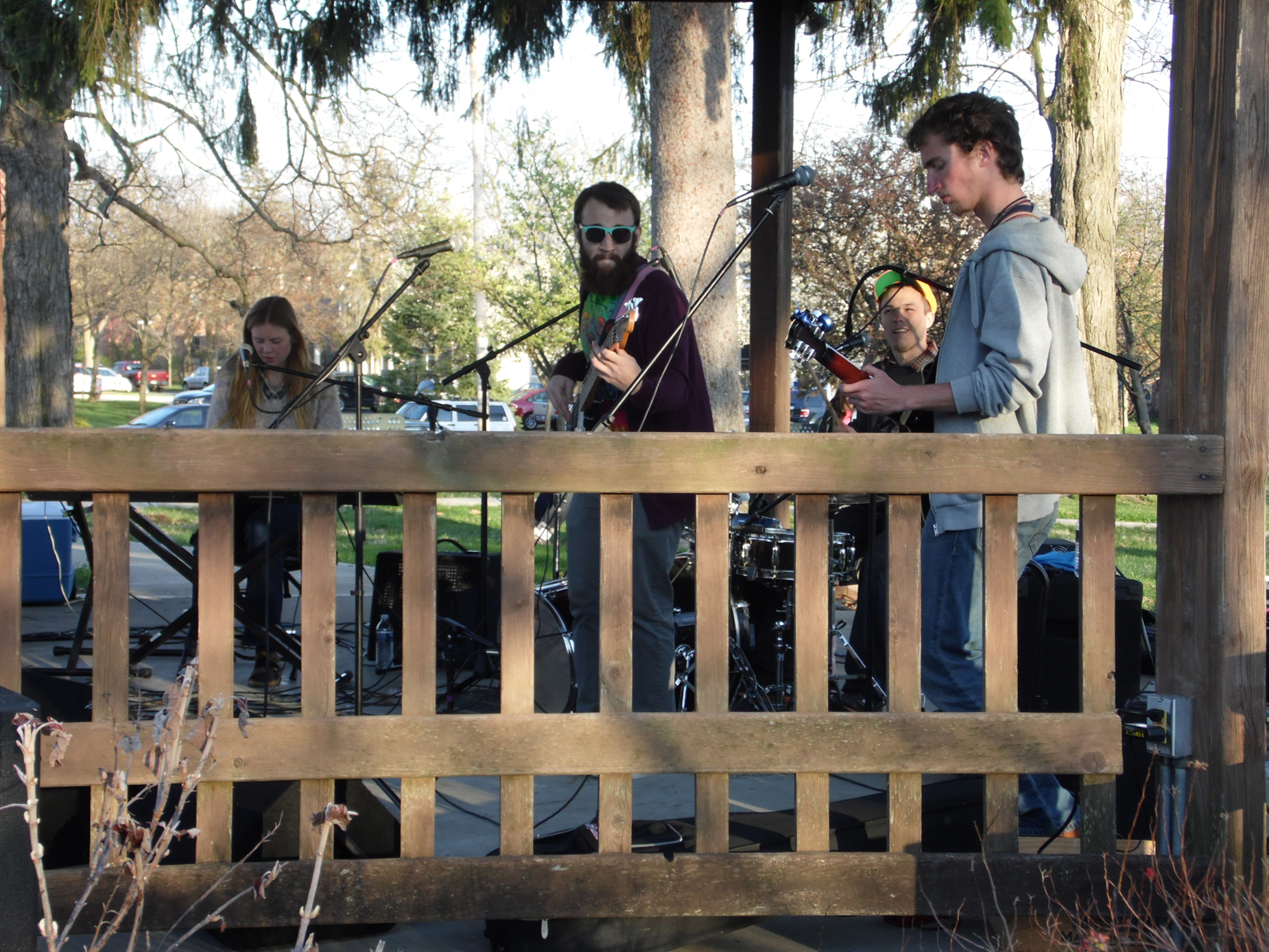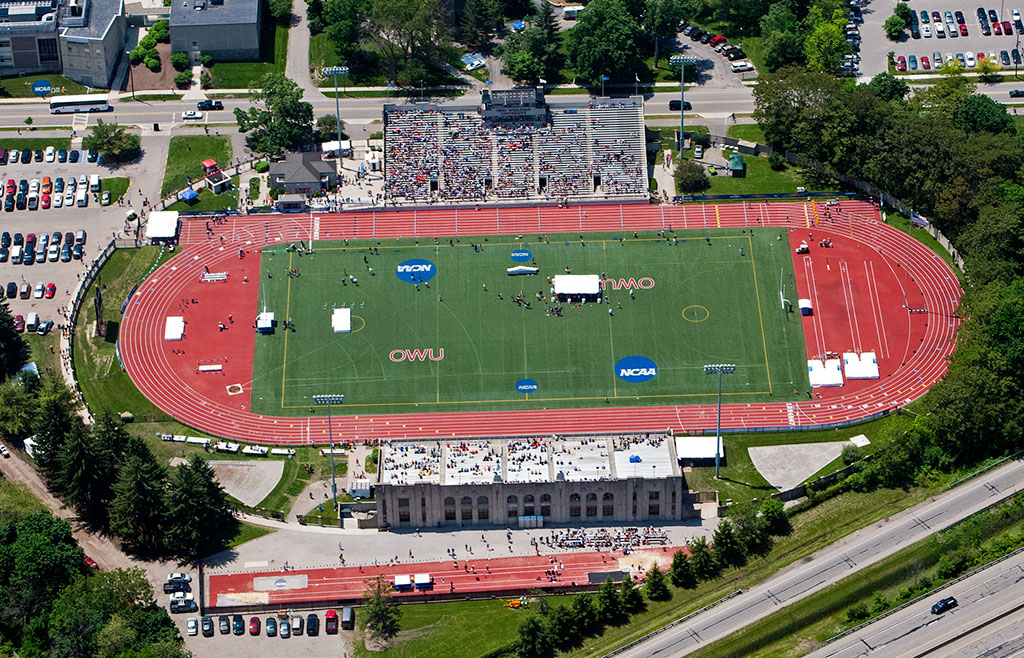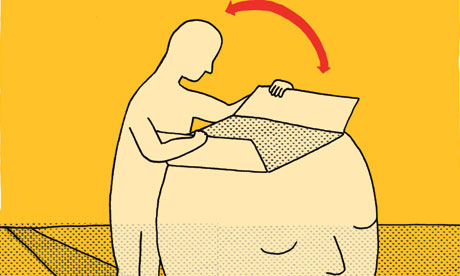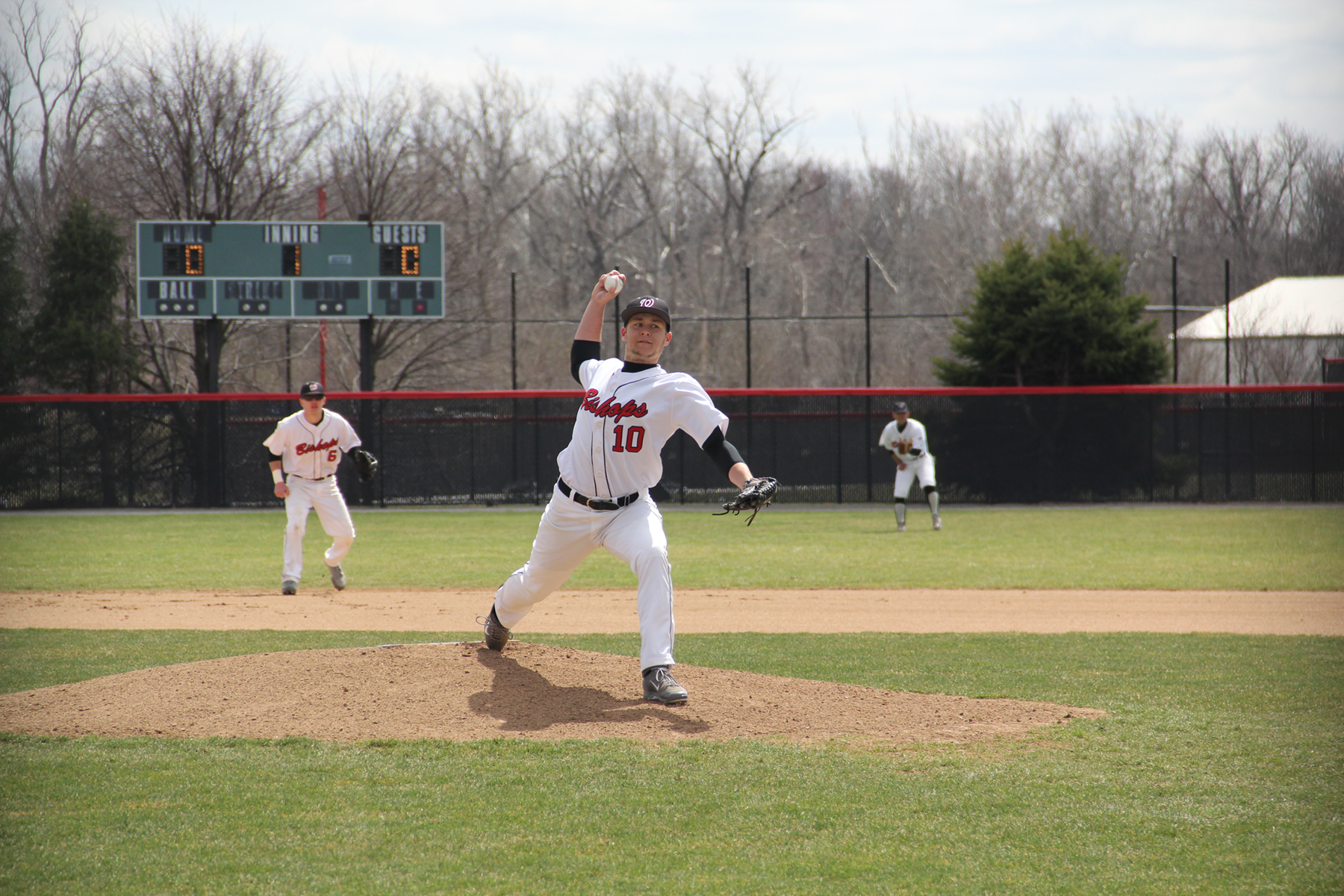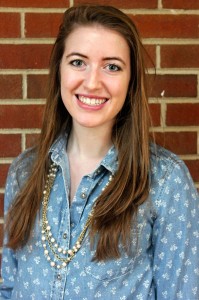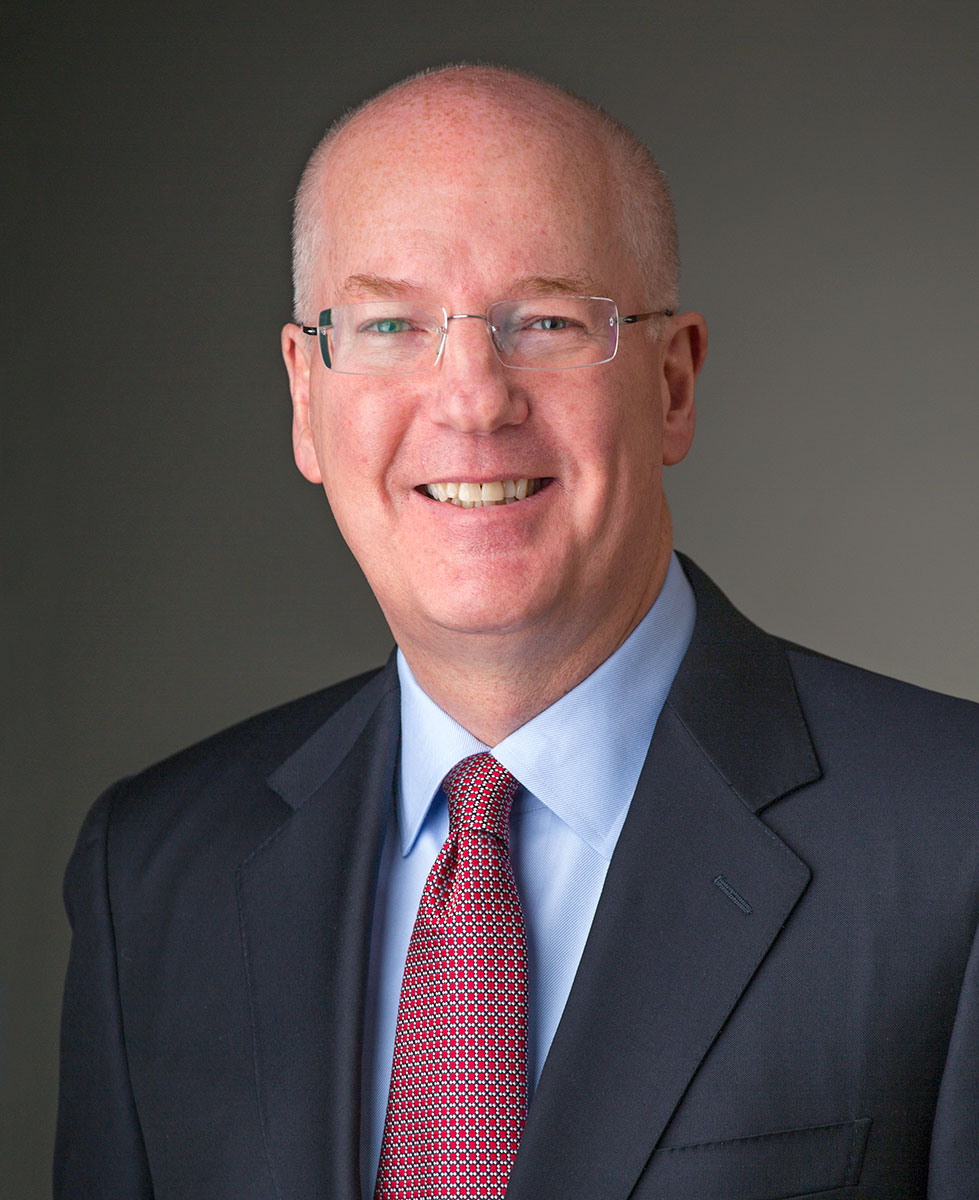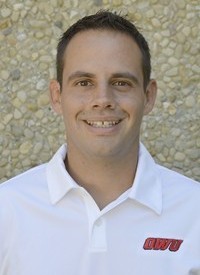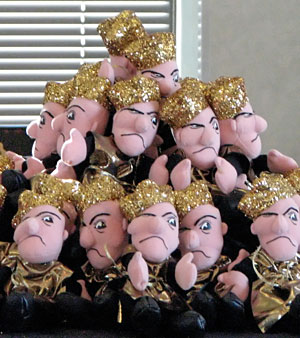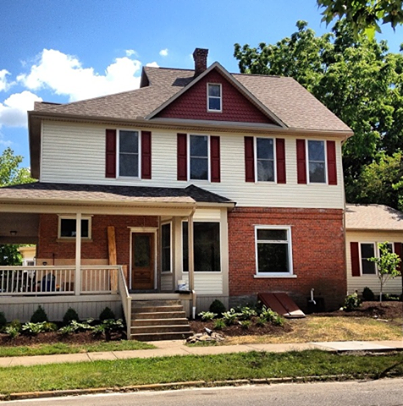
Employment gaps between men and women are widening nationally, and Delaware County is no exception.
The official definition used by the U.S. Census reads, “If a family’s total income is less than the family’s threshold, then that family and every individual in it is considered in poverty.”
In Delaware County there are 8,885 people living below the poverty line, with 1,818,886 of all of Ohio’s residents fall below the poverty line. Delaware holds approximately one-half of a percent of the underprivileged rate in Ohio. According to the 2014 Ohio Poverty Report, “…poverty rates are higher for families with children, families without a full-time, year-round worker, and single-parent households- especially those with a female head.”
Ohio Wesleyan women’s and gender studies instructor Rita Trimble, said she defines underprivileged people as those who are economically disadvantaged. Trimble said she believes it “falls disproportionally on certain groups of women.”
“People who don’t totally fit the white, middle-class, feminine norm are at risk to be more economically disadvantaged,” she said.
According to the census data for 2011, 13.6 percent of males are under the poverty line, while 16.3 percent of females are impoverished.
In another census report from 2012, the poverty rates are displayed by age and gender. For ages 65 and over, 11 percent of women are suspected to be living in poverty, while 6.6 percent of men are believed to be living under the poverty line. From ages 18 to 64, 15.4 percent of women are underprivileged, compared to 11.9 percent of men. Ages under 18 show that 22.3 percent of women and 21.3 percent of men are living below the poverty line.
Children
Trimble said that “a big factor” of why more women than men are consider underprivileged is the fact that “unpaid labor that goes on is done by women.”
“We have an idea of how people should be able to pull their own weight and one difficulty for a single mother is that that unpaid labor doesn’t get recognized as labor,” she said. “So it’s hard to be recognized as pulling your own weight.”
Various organizations throughout Delaware County provide multiple services to those who fall below the poverty line, with some focusing strictly on women.
OWU senior Tasha Cruz volunteers at Family Promise, a nonprofit organization in Delaware committed to helping those below the poverty line.
“We provide them with housing and food basically for a minimum duration of four weeks with a possible extension up to three months,” Cruz said.
Cruz said she believes a reason more women are underprivileged could be because they stay with their children.
Assistant professor of English Constance Richards defines an underprivileged person as “someone who doesn’t have access to basic needs: education, job, adequate food, safe home.”
Richards said women living in poverty often have children, which makes escaping hardship much more difficult. She also said it can be easier for men to be absent in the parent role than it is for mothers.
“Because we don’t have a subsidized child care system in this country, women are always going to have an extra job,” Richards said. “If we had subsidized child care — so safe, affordable child care — moms could put kids in child care then they might be better able to compete in the marketplace.”
Pay Inequalities
Trimble said there is a blaming stigma that occurs when a person is disadvantaged. Many people living below the poverty line work multiple jobs, but more often than not these workers earn minimum wage, making it difficult to achieve economic security. For women responsible for children, a minimum wage job makes earning a decent living especially difficult. Despite their work at one or several jobs, people below the poverty line are frequently generalized as lazy.
Trimble said there is a sense of shame that the unprivileged face, as they can conform to society’s view of their situation.
According to the Insecure and Unequal Poverty and Income Among Women and Families Report for 2010 and 2011 by the National Women’s Law Center, “Poverty rates for all groups of women were higher than for their male counterparts.”
“The gender wage gap persisted, undermining women’s ability to support themselves and their families,” the report said.
It continued to show the discrepancies between men and women. Women on average make 77 cents to every man’s dollar, which for the year 2011 there was “an annual difference of $11,084 in median earnings.” African-American and Hispanic women earned 64 and 55 cents to every white man’s dollar, respectively.
Although there continues to be poverty, the report stated that poverty has stabilized between 2010 and 2011 after it had been increasing in the prior years.
In another report by The National Women’s Law Center, the center focuses on inequality of pay in Ohio.According to census data, women in Ohio earned $35,284 full-time to men’s $45,859 earnings in 2010. Additionally, 15.2 percent of Ohio women were in poverty to Ohio men’s 11.6 percent.
Local Organizations
Located in the middle of the Delaware community are three organizations that aimed to help those in need: Family Promise, he Andrews House and the Women’s City Club.
Family Promise volunteer Cruz said Family Promise works to take in and provide for low-income families. There is an on-staff social worker to help the families find work and housing for when they leave the organization.
Andrews House, located at the corner of North Franklin and West Winter Street, is a community center with offices that provide assistance to the underprivileged and works on programs to better lives.
The center includes offices for legal, financial, child care, health and food services. There is a full kitchen for the bi-monthly community dinners. Director Mel Corroto said about 40 to 90 people show up for each dinner.
Andrews House also works with other food programs like the Mobile Food Market with Mid-Ohio Foodbank and the Summer Lunch Program for children under 18 when they are not in school.
Every Wednesday the Andrews House offers free Medical services with its Grace Medical Clinic, and once a month the Delaware Bar Association offers free legal advice through a clinic.
Corroto said she does not necessarily see more women than men come in for the services offered at the Andrews House. However, the Andrews House is beginning to work with the program Support Through Empowerment and Partnerships (STEP), and she said she has seen more women through this program than men. Corroto said that last year the STEP class had eight students, seven of whom were women. Corroto said this year’s class is all women.
The Women’s City Club of Delaware focuses its attention specifically on women. Greta Bemiller, the club’s vice president, said the club offers housing for underprivileged women with a small rooming fee. All of the house’s nine rooms are currently occupied, and more women are on a waiting list to move into the club.
Bemiller said she believes there are more women in need than men because of “the glass ceiling” that prevents women from achieving the same successes of working men. She said it’s common for women to have less access to education, which can result in fewer job opportunities.
The Women City’s Club works as a transition place for the women to get them back on their feet. The club is able to stay afloat with government grants and fundraising events. The 37 members of the club are all volunteers.
Both Corroto and Bemiller said they have had Ohio Wesleyan students come and volunteer. Cruz said she hopes students can become aware of what is going on around Ohio Wesleyan.
“It would be so easy for a student to step outside off campus a little bit,” Cruz said. “They would be able to see that these are people.”
